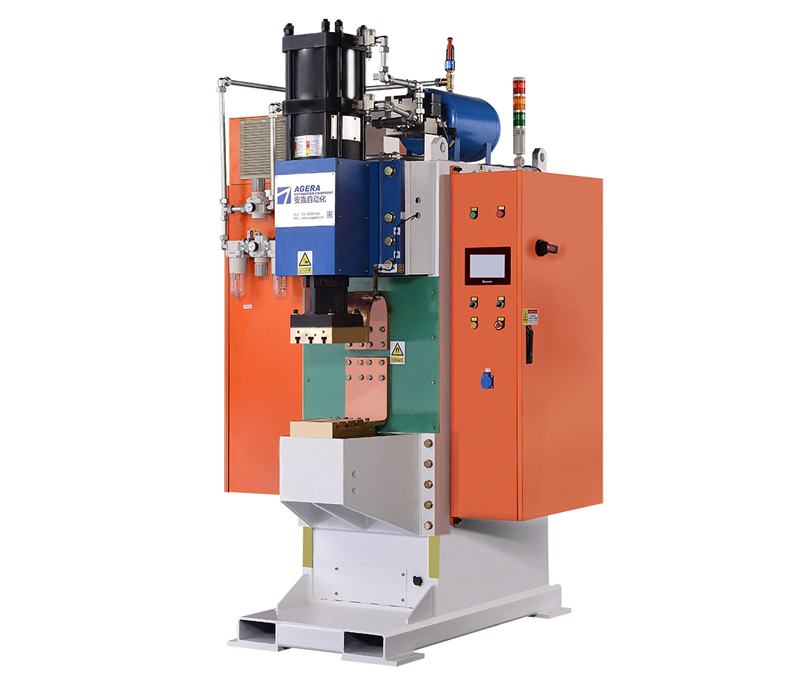In today’s fast-paced manufacturing industry, the demand for efficient and precise welding processes is greater than ever. Capacitor energy storage spot welding machines have emerged as a key player in meeting this demand, but achieving optimal results requires a keen understanding of welding standards and meticulous adjustment.
Capacitor energy storage spot welding machines are utilized in various industries, from automotive manufacturing to electronic assembly. Their versatility and speed make them indispensable, but to ensure quality welds, it’s crucial to adhere to standardized welding practices.
Welding standards play a pivotal role in guaranteeing the structural integrity and durability of the welded components. These standards encompass parameters like welding current, voltage, and time, all of which can significantly influence the final weld quality. To optimize the performance of a capacitor energy storage spot welding machine, meticulous adjustment is paramount.
Here are some key steps to consider when adjusting welding standards for these machines:
- Material Evaluation: Before beginning any welding process, it’s essential to assess the materials being joined. Different materials require different welding settings. The machine’s power output, welding time, and electrode pressure should all be adjusted accordingly.
- Welding Current and Voltage: Adjusting the welding current and voltage is critical. This directly affects the heat input and weld penetration. Welding currents must be precisely controlled to ensure the proper fusion of materials. The voltage settings should also be optimized for the specific material being welded.
- Welding Time: Welding time dictates how long the electrodes are in contact with the workpieces. This parameter should be adjusted to ensure a proper bond without causing excessive heat input, which can lead to distortion or damage to the materials.
- Electrode Pressure: Controlling electrode pressure is vital for achieving consistent and strong welds. Excessive pressure may deform the materials, while insufficient pressure can result in poor fusion. Regular maintenance of the machine’s electrodes is crucial to maintain consistent pressure.
- Quality Control: Implementing a stringent quality control process is indispensable. This includes regular inspection of welds, using non-destructive testing methods where necessary, and making adjustments based on the results to meet desired quality standards.
- Safety Measures: Finally, it’s crucial to ensure the safety of the operators and the equipment. This includes proper ventilation to mitigate fumes, appropriate personal protective equipment, and routine machine maintenance to prevent accidents.
In conclusion, capacitor energy storage spot welding machines are valuable tools in modern manufacturing, but their efficiency depends on the meticulous adjustment of welding standards. Adhering to established welding practices, evaluating materials, and implementing strict quality control measures are all essential components of achieving consistent, high-quality welds. Furthermore, a strong emphasis on safety is paramount in ensuring that the welding process is not only efficient but also safe for all involved.
Post time: Oct-13-2023








